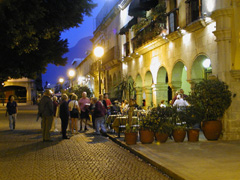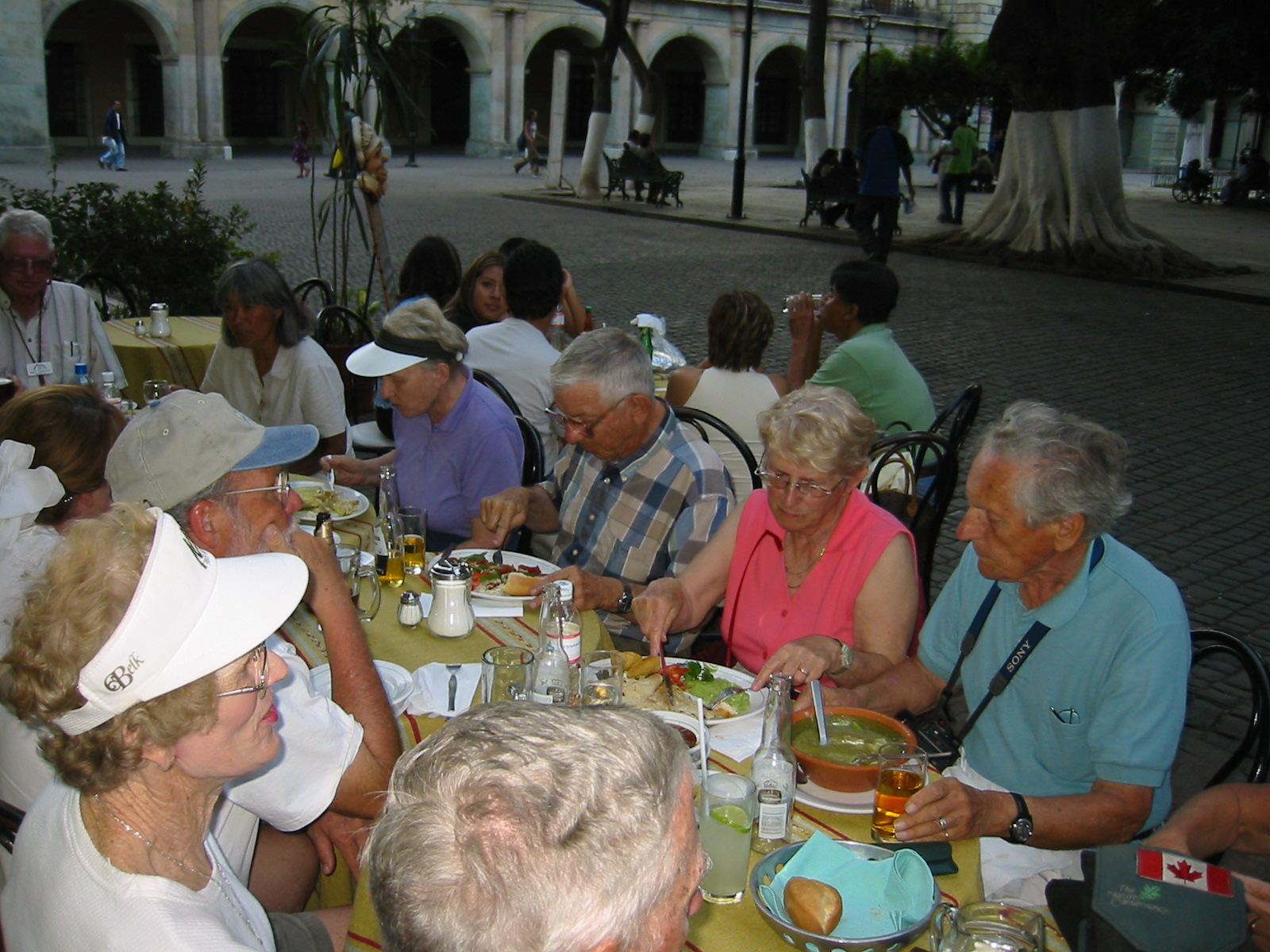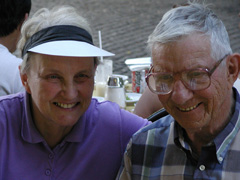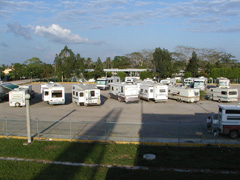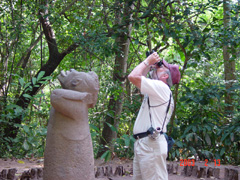Cuernavaca to Villahermosa, Jan.
27-Feb. 13
Climbing back to the central plateau, we spent three days birding the mountains north of Cuernavaca and exploring this charming colonial town. Meanwhile at our lovely rural campground, we were greeted by a Russet-crowned Motmot and serenaded at our s'mores bonfire by a Colima Pygmy-Owl.
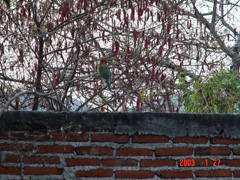 |
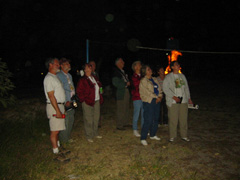 |
|
| Trailer Park Diamante (F) | Russet-crowned Motmot (Wr) | Owling at s'mores bonfire (H) |
Late on the day we left Cuernevaca for Oaxaca, Popocatepetl loomed on the horizon. This great smoking volcano, Mexico's second highest peak at 17,671 feet, seemed to portend disaster. Sure enough, as we approached our overnight stop at Cholula, a wrong turn shunted us on to a packed expressway hurtling toward the heart of megalopolis Puebla at the height of rush hour. Only a fortuitous traffic circle enabled us to retrace our route until we found an English-speaking cab driver to guide us to our campground, After dinner, unchastened by this narrow escape, Charlie, Carolyn, and another couple set out through the suburban maze to see the unexcavated Great Pyramid of Cholula, the largest in the Western Hemisphere and larger by volume than Egypt's greatest. Getting there was no problem--the brightly illuminated church atop it was conspicuous--but we got hopelessly lost as soon as we tried to retrace our steps. Finally resorting to official assistance, we were ignominiously dumped at our campground from the back of a police pickup truck. Similarly as the caravan approached Oaxaca the next day, we were dumped without warning--a detour sign had apparently gone missing--from a high speed highway on to a bridge under construction and rife with holes and hazards. And when we finally crawled over a miserable road to our once admired campground, we found it converted into a packed and tawdry building site.
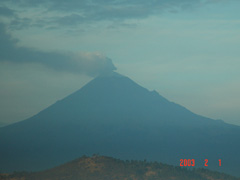 |
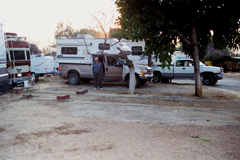 |
| Popocateptl (Wr) | Oaxaca Campground (M) |
Yet braving Popo's curses was a small price to pay for reaching the famous ruins and rich indigenous cultures of the Oaxaca Valley. During a six-day stay, we found great birding in the high mountain forests to the east, in the Monte Alban ruins to the west, and in the thorn forests and lakes around Indian villages and lesser ruins lower down. Indian villages offered a wide array of pottery and other crafts, and we enjoyed dining amid the colonial splendor of Oaxaca city's zocolo area.
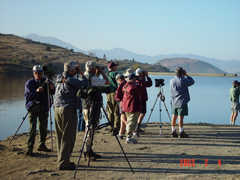 |
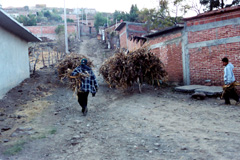 |
| Lakeside birding (Wr) | Firewood gatherers (M) |
From Oaxaca we descended again to the Pacific coast. Near our shady and birdy campground outside Tehuantepec was a spectacular egret roost, and a little farther was great coastal birding at La Ventosa lagoon.
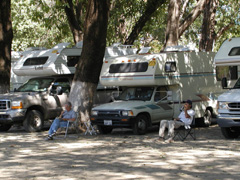 |
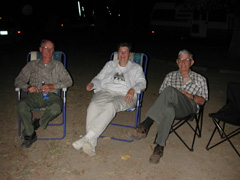 |
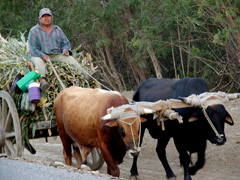 |
| Santa Teresa
Trailer Park (H) Steve Magyar, Chris Tenney |
Bonfire
party (M) Ralph and Virginia Wiggers, Charlie |
Oxcart country (F) |
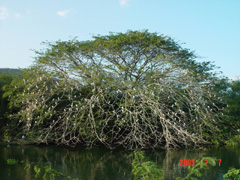 |
 |
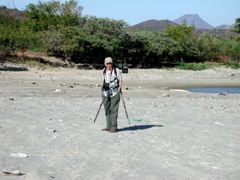 |
| Egret roost (Wr) | Closeup (M) | Charlie at La Ventosa (M) |
Doubling back toward the Gulf of Mexico, we dry-camped midway across the Isthmus of Tehuantepec in a Pemex parking lot. This gave us access to spectacular birding in a precious patch of surviving native jungle along remote and muddy Uxpanapa Road. Dry-camping again in booming Villahermosa at La Choca Fairgrounds, we enjoyed the bird life and fabulous collection of Olmec statuary at La Venta Museum park. Here Bert teamed up with an Olmec statue to demonstrate the hazards of warbler neck.
Initials appended to photos indicate copyright (2003) by (F) Bert Frenz; (H) Dan and Sue Hertz; (M) Carolyn Merchant; and (Wr) Brenda Wright.
